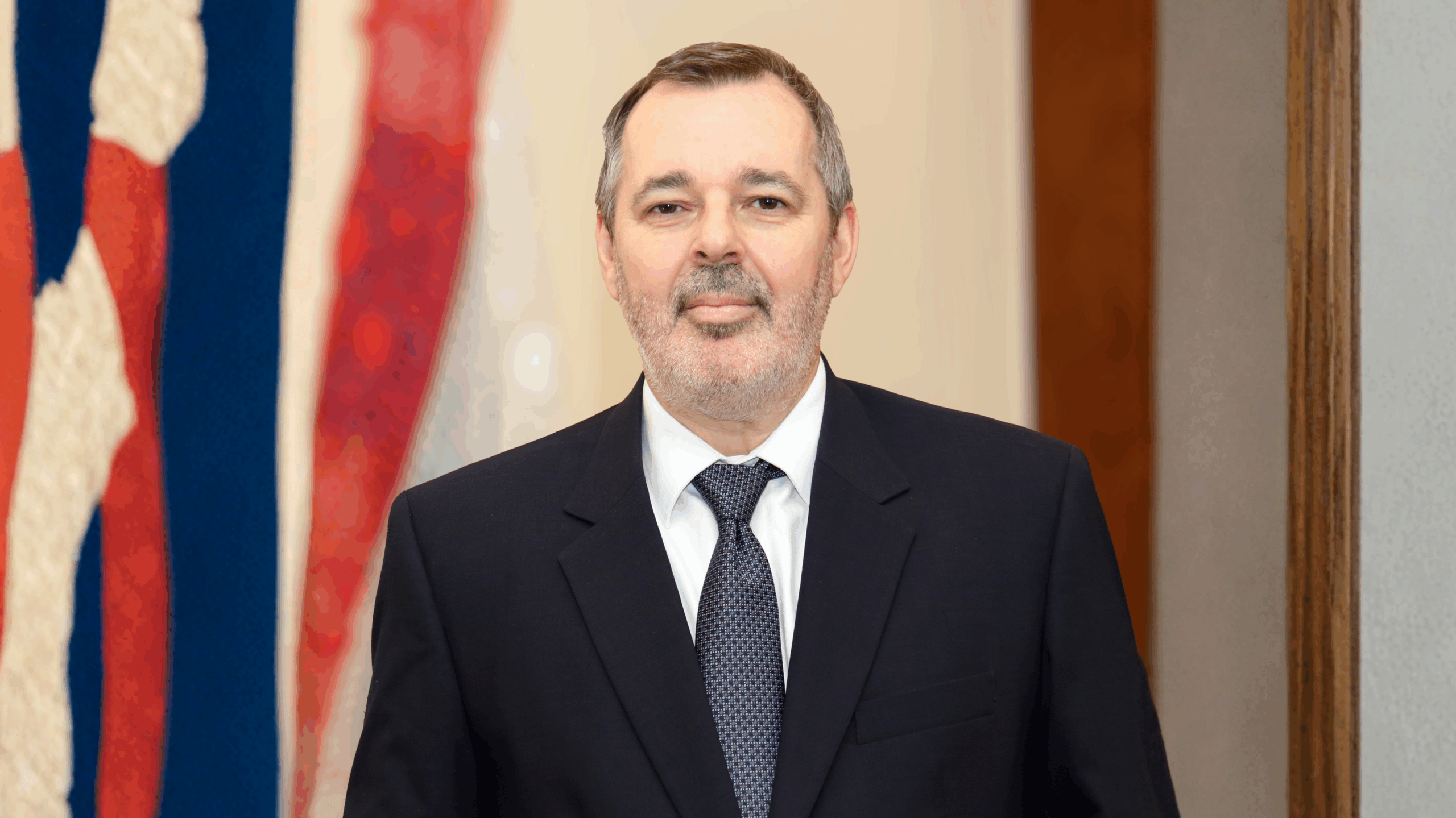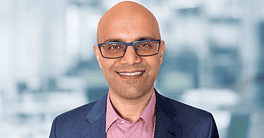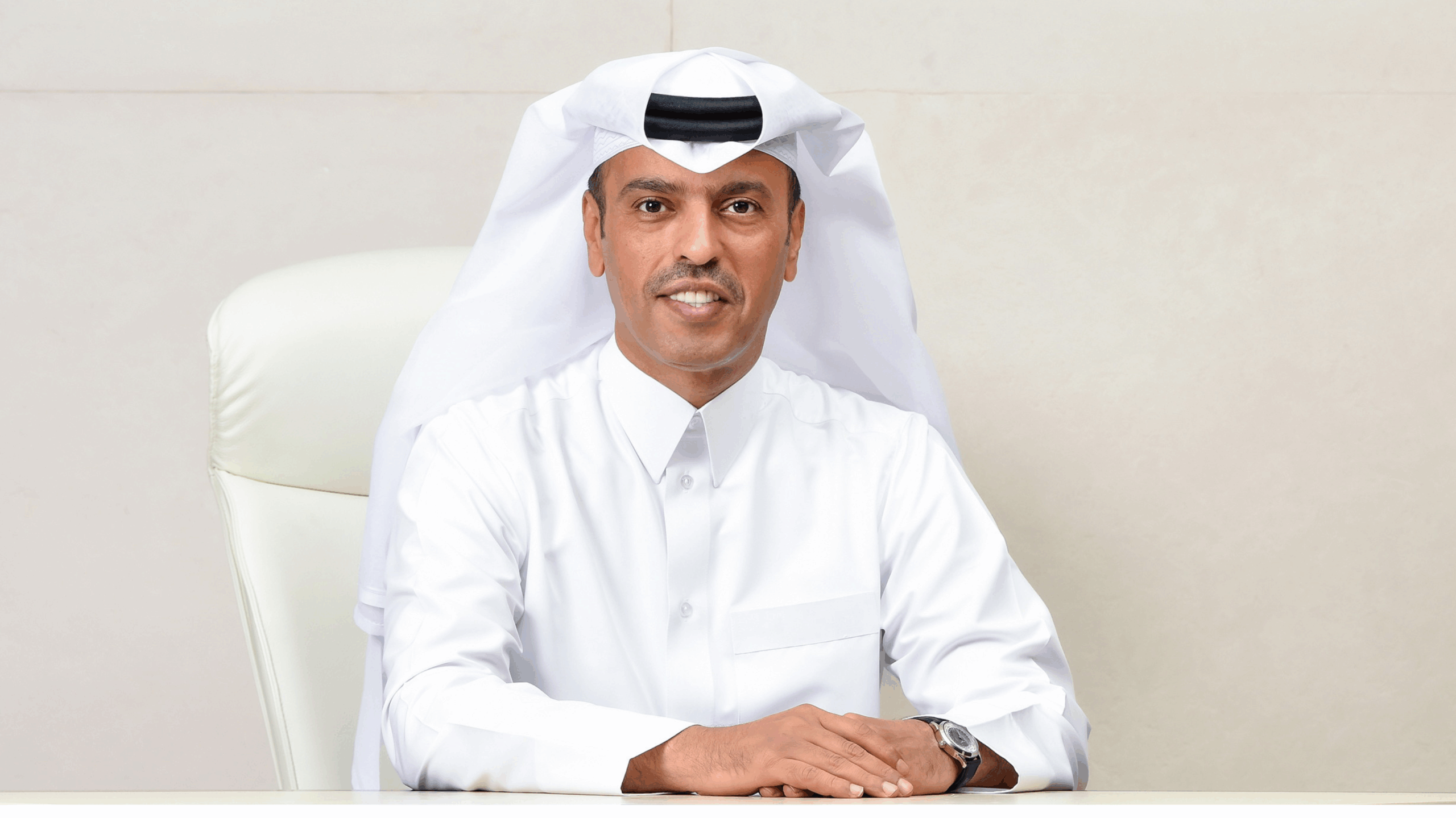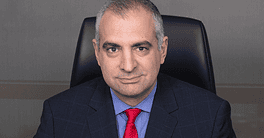Carlos Carvallo Spalding, governor of the Central Bank of Paraguay, highlights prudent monetary policy and structural reforms in securing long-term growth.
Global Finance: What is your expectation for the economy in the next 12 months?
Carlos Carvallo Spalding: Paraguay’s economic outlook remains positive, supported by solid macroeconomic fundamentals, a diversified growth base, and stable inflation. Despite recent external uncertainty, market volatility, and climate shocks, the Paraguayan economy has shown remarkable resilience, maintaining its ability to adapt and sustain growth. We project GDP growth of around 4.4% in 2025, with robust contributions from services, manufacturing, and construction, alongside resilient private consumption and investment. Inflation is expected to close the year near 4%, converging to our medium-term target of 3.5%, underpinned by anchored expectations and a neutral monetary policy stance. The external position remains sound, with high levels of international reserves and a flexible exchange rate that acts as a shock absorber.
GF: In December 2024, the BCP changed rules for the issuance, custody, and trading of public debt securities, making it easier for foreign investors to hold government bonds issued in guaraníes. What has the impact been?
Carvallo: These regulatory adjustments were designed to simplify procedures, enhance market infrastructure, and align with international best practices, making it easier for foreign investors to participate in our domestic bond market. Since implementation, we have observed an increase in non-resident holdings of government securities in guaraníes and a gradual lengthening of the yield curve. This not only diversifies the investor base but also contributes to lower funding costs and improved market resilience. Moreover, fostering a market in guaraníes enhances monetary policy credibility, mitigates exchange-rate risks, and reflects investors’ growing preference for local-currency instruments within a solid macroeconomic context.
GF: What are three much-needed reforms that would further boost long-term economic growth?
Carvallo: First, human capital development—improving education quality and workforce skills to boost productivity and foster innovation. Second, infrastructure modernization, particularly in logistics and energy, to reduce costs and strengthen Paraguay’s integration into regional and global value chains. Third, institutional strengthening—including judicial efficiency and regulatory quality—to reinforce investor confidence, support financial deepening and safeguard macroeconomic stability. Together with our prudent macroeconomic framework, these reforms would create the conditions for sustained and inclusive growth.
Notably, many of these reforms are underway— in areas such as productivity, public sector efficiency, and institutional modernization. Paraguay is among the few countries in the region able to advance this agenda from a position of macroeconomic strength. This foundation, underpinned by credible macroeconomic and monetary policies, allowed Paraguay to be the only country in the region to attain investment grade during a period of global uncertainty.
GF: What keeps you up at night?
Carvallo: As central bank governor, I believe that much has already been accomplished in strengthening our institutions, modernizing the monetary framework, and building a long track record of prudent policy management. Paraguay today rests on a foundation of stability that was hard-won over decades. These achievements reflect persistent institutional effort: a national currency—the guaraní—that has endured for more than 80 years without a monetary reform; a Central Bank that enjoys autonomy credibility and a consistent record of price stability that has consolidated confidence in the monetary framework. Together, these milestones illustrate the depth of Paraguay’s institutional construction and its resilience over time. Thanks to this foundation, which has safeguarded macroeconomic stability, I can sleep well and wake up with the serenity and determination to continue working to preserve it.
Yet, in moments of reflection, I am reminded that the challenge before us is not only to protect these achievements, but also to accelerate the transformation required for the next stage of development. My foremost concern as a central banker is safeguarding this stability that underpins our growth. We must remain vigilant to external shocks and ensure that our policy responses are both timely and effective. Ultimately, the sustainability of our progress depends on advancing structural reforms that close productivity gaps reduce inequality. The delicate balance between preserving stability and driving social reforms is, I believe, the defining task of our time.




